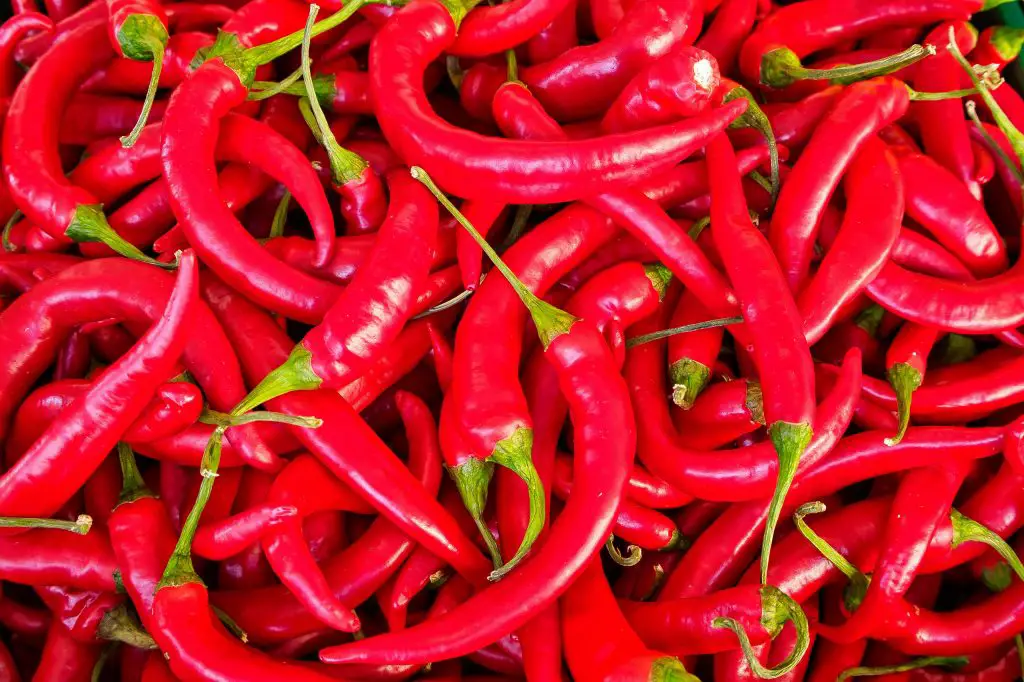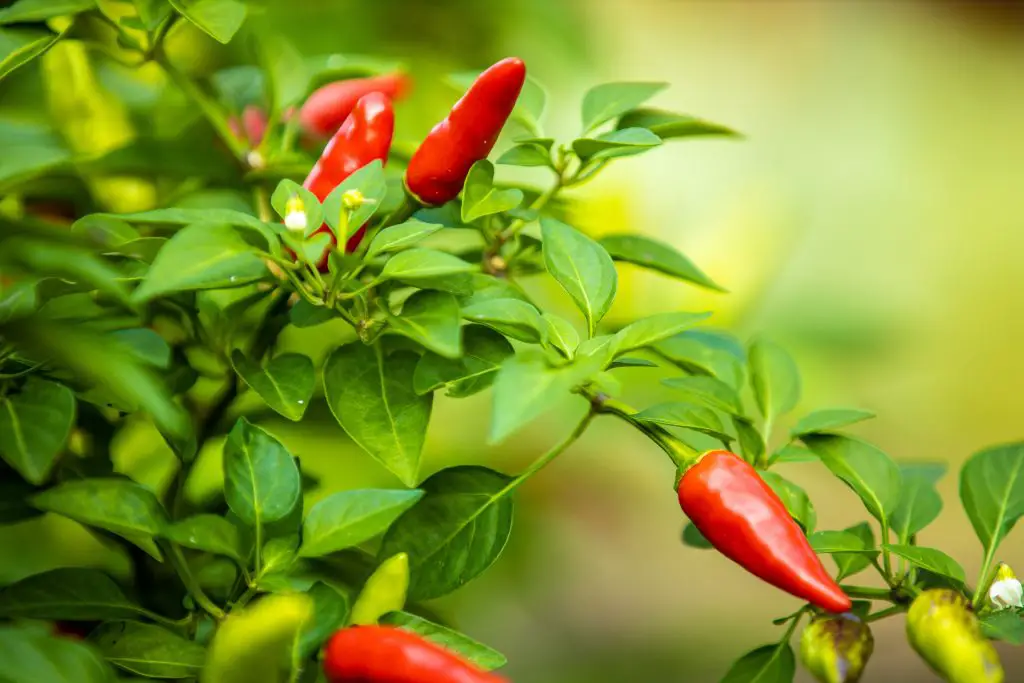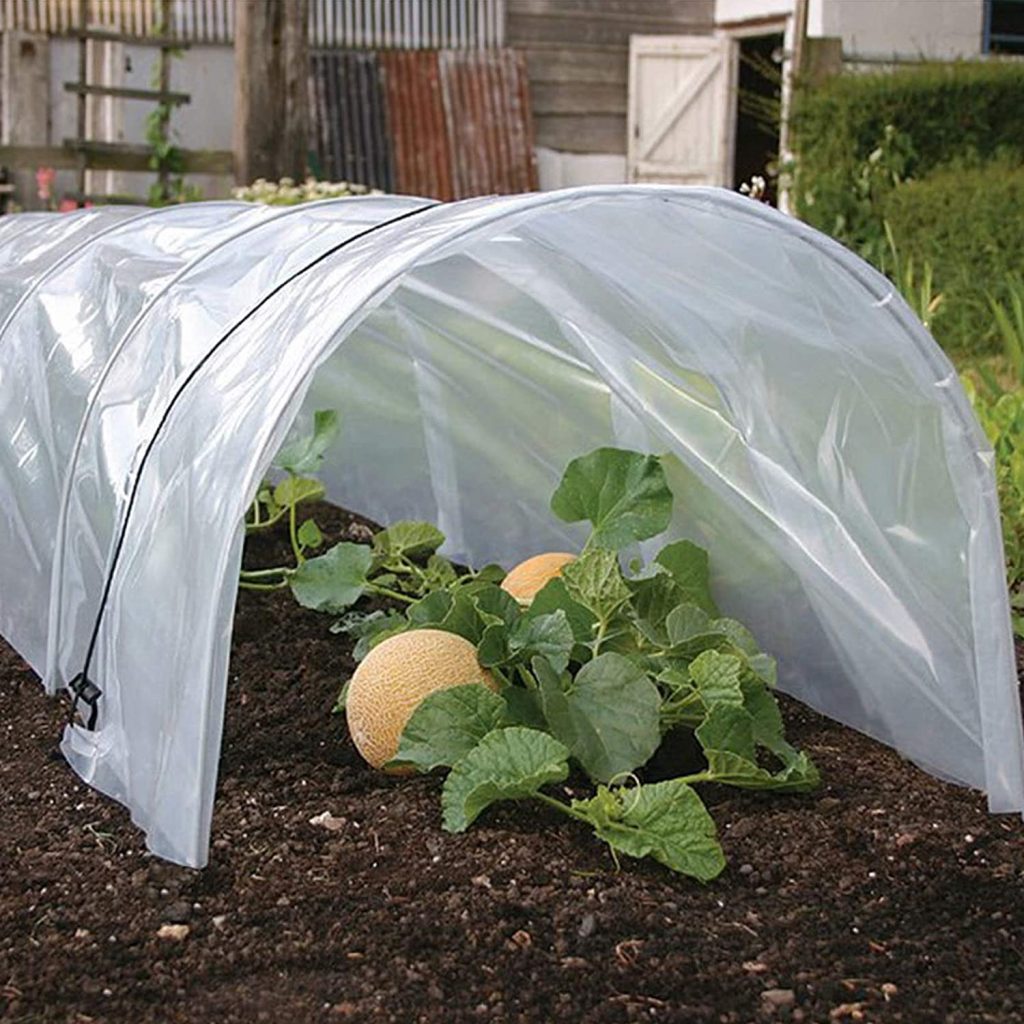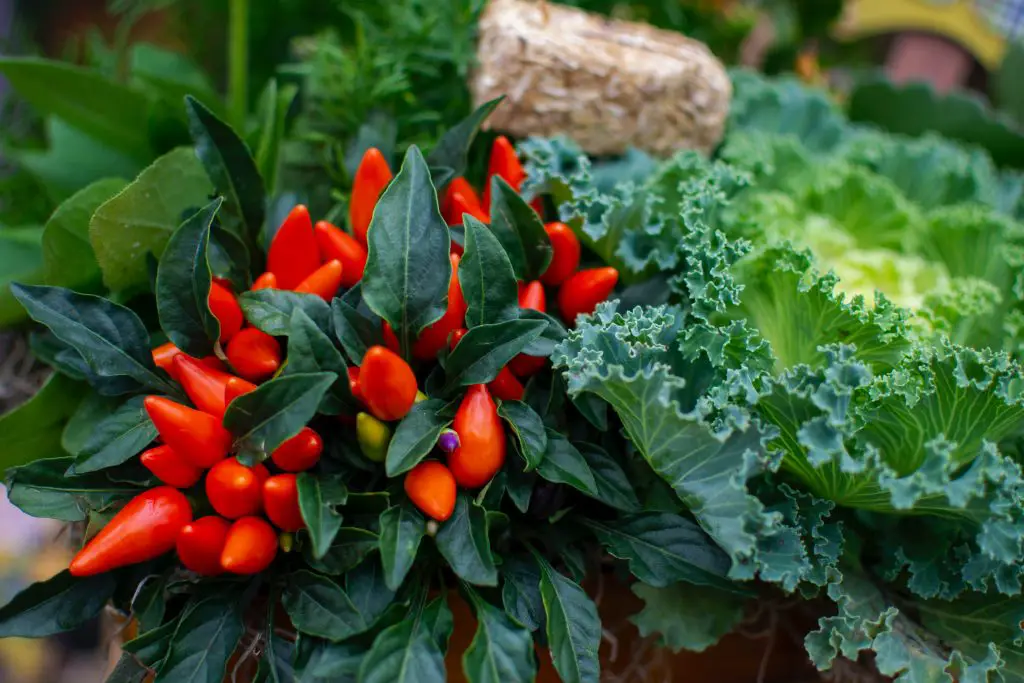Do Pepper Seeds Need Light To Germinate? Peppers are an extremely popular plant to grow at home in your own garden. However, one of the most common questions that is asked is do pepper seeds need light to germinate?
Pepper seeds will germinate without the presence of light, however, they do need to be moist and the temperature needs to be between 59 to 95°F (15 to 35°C) to germinate according to a study by California University. But once the seedlings sprout quickly need to have light to allow the plant to start to photosynthesize and produce its own sugars to allow further growth.
As the seeds do not need light to germinate they are generally buried at a depth of around half an inch to a quarter of an inch when planted. The energy reserves held within the system seeds are sufficient to allow the plant to create its first stem and leaves which is sufficient to push above the soil level allowing the plant to get access to light.
The first leaves that are produced on the plant are referred to as seedling leaves. These leaves are there just to get the plant going and the shape is not the same as the mature plant, which are referred to as true leaves.

When Is The Best Time To Plant Pepper Seeds?
In most regions pepper plants are best planted early spring around 6 weeks prior to the last frost. The reason for this is that the plants are generally slow to get going in the early part of the season so planting them early in a seed tray will give you a good chance of getting an early harvest.
To get the seedlings to germinate at that time of year requires the seed tray to be stored in a heated location in most regions because pepper plants require at least 59 to 77°F (15 to 20°C) to germinate successfully.
How To Grow Pepper Plants
Pepper plants as mentioned above are frost-sensitive plants that require relatively warm conditions to thrive as a result of this they can be challenging to grow in locations that have cooler climates or a short growing season. However, as a general rule if you can grow tomatoes successfully you can usually grow peppers successfully as well though they do require more heat than tomatoes.
As a result of this, it is best to use a heated propagation tray as that will ensure that the plants get off to a fast start in the early part of the season. If you are considering purchasing a heated seed tray we would recommend that you purchase one that has a removable seed tray and a humidity dome.

The removable seed tray is beneficial because it is usually the component of the unit that will deteriorate first so being able to replace it will extend the life of the unit substantially. The humidity dome is also an important feature because it helps to maintain the temperature of the environment around the seedlings maintaining a consistent temperature. To see the latest price for one of these types of units on Amazon click on the link below.
To start the seeds off start by filling with a good quality seed raising mix ensuring that you firm the mixture down into the cells to create firm plugs as this will make it easier to transplant the seedlings into the garden later on.
Plant 2 to 3 seeds per cell at a depth of approximately a quarter of an inch as this will ensure that you get at least one seedling per cell germinating. Place the tray in a warm location that has access to light and you can typically expect to see seedlings appear after a week or so. If more than one seedling comes up then thin to the strongest one.
The plants will typically need to spend at least 6 weeks in the seed tray in moist conditions to ensure that the plants have reached a sufficiently large size that they will survive out in the garden.
Transplanting Pepper Seedlings Into The Garden
Once pepper seedlings are large enough they can be planted out into the garden if the weather is sufficiently warm. Typically, you need at least temperatures of around 59°F (15°C) or higher though 68°F (20°C) is preferable.
If the temperature is not yet reliably warm outside the other option pot the seedlings on into 6-inch pots to allow them to continue to grow indoors until conditions improve. If you do not transfer them from the seed tray they will remain small and not progress very quickly so it is worth transferring them if required.

The other alternative which will allow the seedlings to be planted out into the garden a little earlier is to use things such as cloches or row covers to protect the plants from the weather.
Cloches can easily be made by cutting the base off milk cartons and removing the lid which will provide protection from the worst of the weather. However, if your weather is particularly unreliable you may consider purchasing a row cover because they are significantly larger than cloches in most cases which means that mature plants can be grown underneath them for an extended period of time.
If you are going to purchase a row cover we would recommend that you purchase a relatively tall row cover as that will provide an opportunity to protect, not only pepper plants, which are generally relatively small, but also larger plans. To see a price for an item of this nature on Amazon click on the link below.

Extend Your Season With Growsun Row Covers
In terms of growing conditions, peppers are a fruiting plant that generally benefits from a sunny location with rich moist, and free-draining soil which has plenty of nutrients in it. If you have any doubt about the quality of your soil it is best to add a bag of compost before planting.
Once the seedlings are in position in the garden it is important to apply a layer of mulch around the plants to retain moisture and also sprinkle snail bait around the plants to protect them as they are very susceptible when young to attach from slugs and snails.
In terms of support pepper plants generally do not need much support as the plants’ stems are significantly stiffer than tomato plants and smaller in size. However, if you do want to give the plants a little bit of additional support a single steak next to the main stem is usually more than enough to keep plants stable.

Harvesting Pepper Plants
Pepper the plants are usually among the slowest plants to produce fruit in the garden and usually will take longer than things like tomatoes or pumpkins. The main reason for this is because they require it more heat than other vegetable plants.
They will generally produce flowers in mid to late summer before beginning to form fruit as the weather declines. The peppers can be picked at any stage once the fruit reaches a reasonable size even if they are still green. However, allowing the fruit to develop color will increase the level of sweetness.
Irrespective of when you decide to harvest the fruit it is important to use a knife or secateurs to remove the fruits from the plant as stems are relatively thick, which means that the fruit cannot be just pulled from the plant in most cases. To maximize the amount of fruit produced it is important to remove it as it is ready as this will encourage additional fruits to form up until the last Frost where the plant can either be brought inside or left to die outside.
I hope you found this article useful and have great success growing your pepper plants at home in your own garden, if you have any additional questions or comments please leave them in the section below.
Relevant Articles
How Long Does It Take Pepper Seeds To Germinate? How Does Temperature Effect It?
How Much Does A Bell Pepper Plant Produce?
How Many Jalapenos Do The Best Pepper Varieties Produce?
What Are The Different Types Of Hot Peppers?

